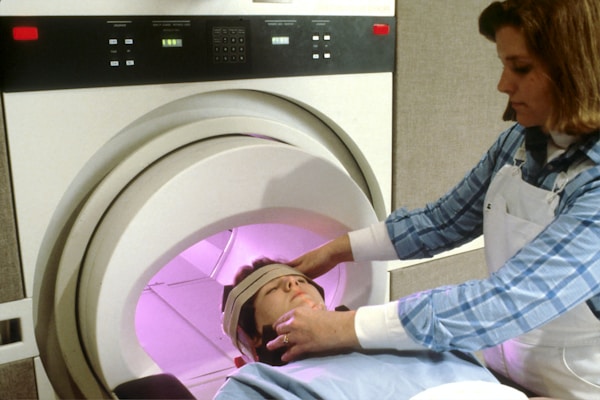Alzheimer’s disease is a neurological disorder that is the most common form of dementia. It is characterized by a progressive decline in cognitive function, which can lead to memory loss, difficulty speaking, confusion, and changes in behavior. The cause of Alzheimer’s disease is unknown, but it is believed to be due to a combination of genetic and environmental factors. There is currently no cure for Alzheimer’s disease, but there are treatments that can help slow the progression of the disease.
If you or a loved one are experiencing memory problems, it’s important to understand the difference between normal aging and Alzheimer’s disease stages. Keep reading to learn how Alzheimer’s is diagnosed.
The Different Types of Dementia
Dementia is a syndrome that is caused by diseases or injury to the brain. There are many different types of dementia, each with its own set of symptoms. The most common type of dementia is Alzheimer’s disease, which accounts for 60-70 percent of all cases.
Alzheimer’s disease is a progressive disease that worsens over time. Early on, the person may experience memory problems and difficulty reasoning and solving problems. As the disease progresses, they may become confused and lose their ability to speak or understand language. They may also have trouble walking and caring for themselves. In the later stages of the disease, they may become bedridden and lose all awareness of their surroundings.
While there are no definitive tests for Alzheimer’s, a diagnosis is made based on a combination of medical history, physical exam, and tests to measure thinking skills and memory function. Those who are experiencing cognitive decline can be diagnosed in one of the seven clinical stages of Alzheimer’s disease, also known as the Global Deterioration Scale.
Brain Imaging

Brain imaging tests are used to help diagnose Alzheimer’s disease. They help doctors see changes in the brain that may be caused by the disease. The most common type of brain imaging test is a magnetic resonance imaging (MRI) test. This test uses a strong magnet and radio waves to create pictures of the inside of the brain. Other types of brain imaging tests include computed tomography (CT) scans and positron emission tomography (PET) scans.
Physical and Neurological Exam

A physical and neurological exam may be conducted to help diagnose Alzheimer’s disease. The doctor will look for any physical changes that may suggest Alzheimer’s, such as abnormal deposits of protein, or plaques, in the brain or neurofibrillary tangles. They will also test the patient’s cognitive abilities, including their ability to reason, remember, and think abstractly. If the patient is having problems with balance or walking, the doctor may also do a physical exam to look for these issues.
Treatment
There is currently no cure for Alzheimer’s disease, however, there are treatments available that can help improve the quality of life for those living with the disease. The most common type of treatment is medication, which can help to improve memory, thinking skills, and mood. There are also a number of lifestyle changes that can be made to help manage Alzheimer’s, including exercise, social engagement, and healthy eating. Many of the treatments today can help slow the progression of the disease and help to preserve some cognitive abilities for as long as possible.
Overall, it is important to have a correct Alzheimer’s disease diagnosis in order to receive the best possible care. There are many different ways to diagnose Alzheimer’s disease, and each method has its own benefits and drawbacks. The most accurate way to diagnose Alzheimer’s disease is through a combination of different tests and evaluations and regular follow-ups with your doctor.











